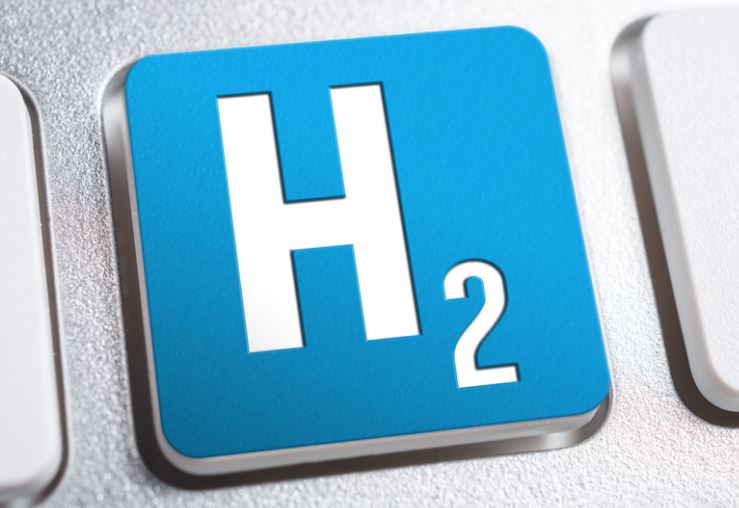The recently filed patent by Huntington Alloys Corp introduces a novel class of nickel-based precipitation hardenable alloys. These advanced materials are designed to offer enhanced resistance to hydrogen embrittlement while maintaining desired yield strength.
Hydrogen embrittlement is a significant issue that can lead to premature failure in metals, especially in demanding engineering applications. The innovation presented in this patent addresses this challenge by specifying critical ranges of elements like titanium and iron.
The nickel-based alloy described in the patent boasts a precise composition that includes chromium, iron, molybdenum, niobium, titanium, and aluminum. Specifically, the alloy consists of 18.0% to 23.0% chromium, 7.0% to 12.0% iron, 6.5% to 9.5% molybdenum, 3.2% to 5.2% niobium, 0.3% to 1.3% titanium, and up to 0.4% aluminum, with the remainder being nickel and incidental impurities. This carefully controlled composition contributes to the alloy’s target properties.
Mechanical Properties and Performance
The patented alloy is designed to achieve a yield strength of at least 120 ksi (827 MPa), with a plastic strain ratio of 0.35 or higher. Additionally, it can withstand a plastic strain to failure of at least 9.0%. These mechanical properties make the alloy suitable for applications requiring high strength and ductility, particularly in environments susceptible to hydrogen embrittlement.
Nickel-based precipitation hardenable alloys like the one described in this patent have potential applications across various industries. They are particularly valuable in sectors where materials are exposed to challenging conditions, such as aerospace, oil and gas, and chemical processing.
